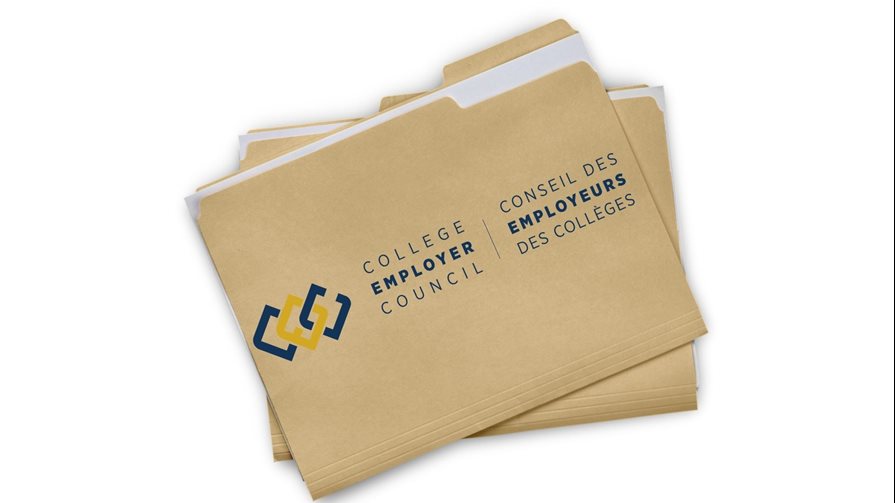Colleges’ Partnerships with Educational Institutions Affirmed through Arbitration and the OLRB

Ontario’s public colleges have a world-class reputation for their diverse programming that prepares students to be career-ready and life-long learners. Over the years, several of Ontario’s public colleges have partnered with private career colleges to offer the public colleges’ programming to international students who undertake their studies in Canada where they have the appropriate credentials and work visa offered by the government of Canada. Typically, the public college licenses its curricula to educational partners and then ensures that its programs are delivered at the same high standards that the colleges, and the public, hold themselves to. These partnerships provide additional opportunities for international students to access an Ontario public college education,
Because these arrangements are licensing arrangements, the Colleges do not operate the schools themselves. The private educational partners deliver the programs, using their own buildings, resources, technology, and staff.
The Ontario Public Service Employees’ Union (“OPSEU”) has twice attempted to have these programs ended, either through declarations that the partnerships are impermissible or through having the teachers in these partner schools declared to be employees of the colleges instead of the educational partners who employ them.
In the first case, Cambrian College v Ontario Public Service Employees Union, Local 655, 2015 CanLII 62338 (ON LA), OPSEU filed a grievance with an arbitrator requesting that the College could not engage in a licensing arrangement with its educational partner to provide academic instruction to international students.
In the ruling, Arbitrator Louise M. Davie noted that, in section 2 (3) (a) of the Ontario Colleges of Applied Arts and Technology Act, 2002, the legislation appeared to contemplate such partnerships. The legislation states:
(3) In carrying out its objects, a college may undertake a range of education-related and training-related activities, including but not limited to,
(a) entering into partnerships with business, industry, and other educational institutions;
Furthermore, nothing in the collective agreement between academic employees and the Ontario public colleges prohibited or prevented such arrangements. Arbitrator Davie concluded that the employer was therefore permitted to enter into the arrangement that it did with its educational partner.
OPSEU’s second request of the Arbitrator was to declare that the teachers of the educational partner should be deemed employees of the College, despite the educational partner being a private business with its own assets, business contracts, and its own employment relationships with its teachers. OPSEU argued that this was the appropriate outcome and that the College was the ‘true employer’ of the teachers who worked for the educational partners because they were teaching the College’s curriculum. In short, Arbitrator Davie rejected this argument and concluded that because Cambrian did not provide any direct supervision to the educational partner’s staff, they could not be deemed Cambrian employees. Direct supervision came from the administration of the partner and there was nothing to suggest that Cambrian interacted at all with any of their teachers.
In their second attempt to have these partnerships ended, Ontario Public Service Employees Union v St. Lawrence College, 2019 CanLII 93746 (ON LRB), OPSEU took a different approach. First, they filed an application with the Ontario Labour Relations Board (“OLRB”) instead of a grievance. This meant that the OLRB would consider legislation, specifically the Colleges Collective Bargaining Act, 2008, S.O. 2008, c. 15, instead of filing a grievance which would consider the collective agreement. Second, having been unsuccessful in the Cambrian decision, they asked the OLRB to declare St. Lawrence College the true employer of the employees of their educational partner – Alpha International Academy (“Alpha”) – by recognizing a ‘novel’ test for determining who is the true employer that would apply only to colleges. Currently, the true employer test is the one set out in York Condominium Corporation, [1977] OLRB Rep. Oct. 645, which looks at several factors, including who directs and controls the work, remunerates the employees, hires, trains, disciplines, and dismisses the employees, and who is perceived to be the employer by the employees.
OPSEU asked the OLRB to consider a new test that would instead rely on “student integration” and the close relationship between St. Lawrence and its educational partner. The OLRB rejected OPSEU’s argument stating:
In the matter before the Board, the closeness or relatedness of the College and Alpha with respect to student integration is not evidence of employee integration. The two entities may have a contractual relationship for the sharing of resources, but this, alone, cannot lead to the conclusion that the College has any degree of control over the employees.
The Board then considered the facts as pleaded by OPSEU and concluded:
There are no allegations that the College is involved in the selection process, hiring, training, discipline, evaluation, supervision, assignment of duties, remuneration, or integration of the employees into the College’s business. The application is devoid of any factual assertions that could possibly lead the Board to the conclusion that the College is the employer…
These two decisions affirmed for colleges that they are able to engage in contractual partnerships with businesses, industry, and other educational institutions. It is not prohibited by the collective agreement, the Ontario Colleges of Applied Arts and Technology Act, 2002, or the Colleges Collective Bargaining Act. Several of Ontario’s public colleges continue to ensure greater opportunities for access to students from around the globe through the strong partnerships they have built with their partner institutions.
